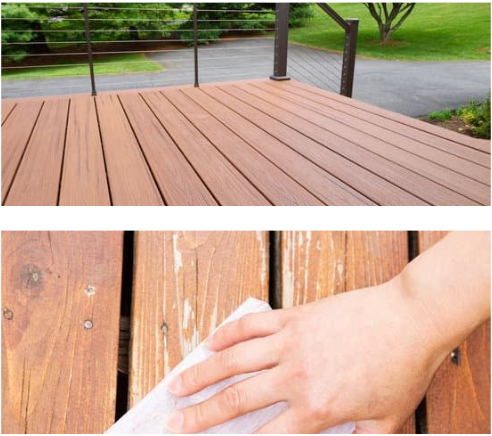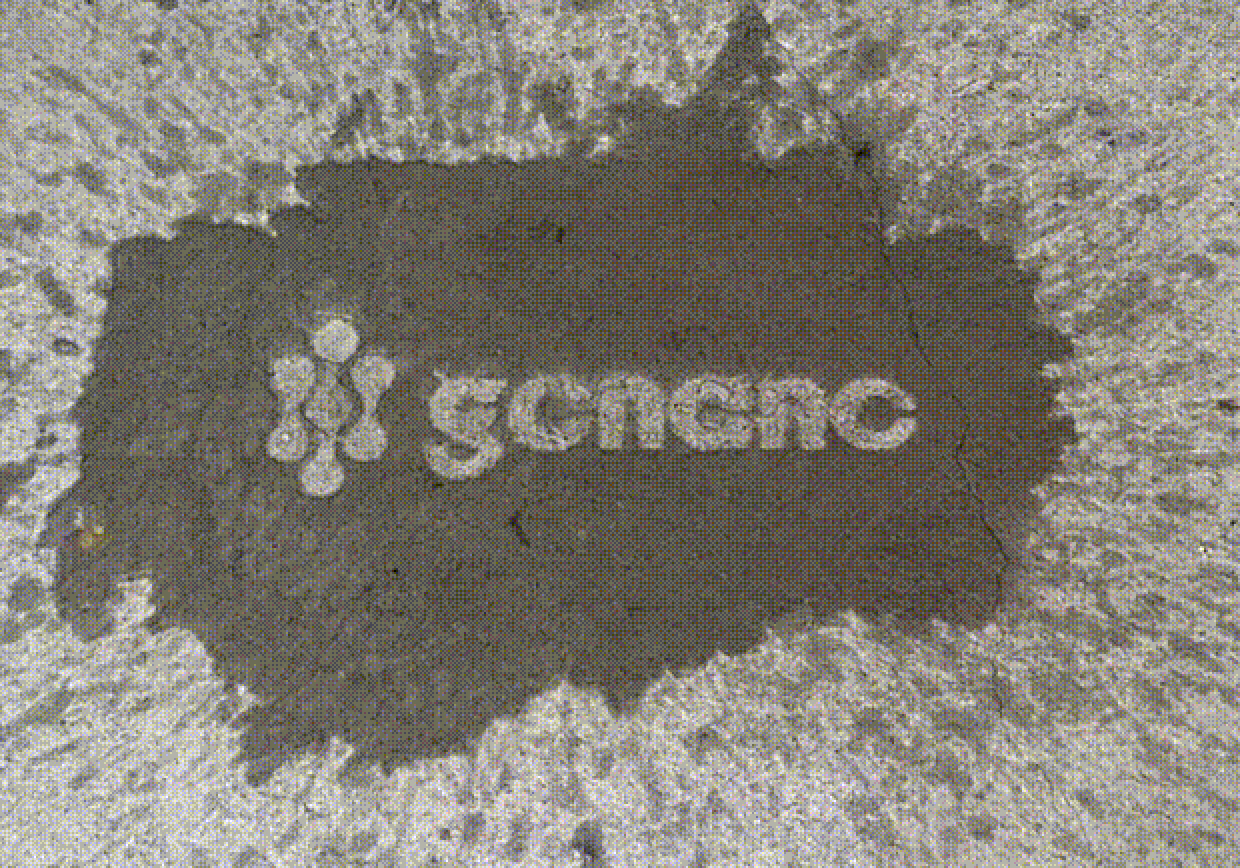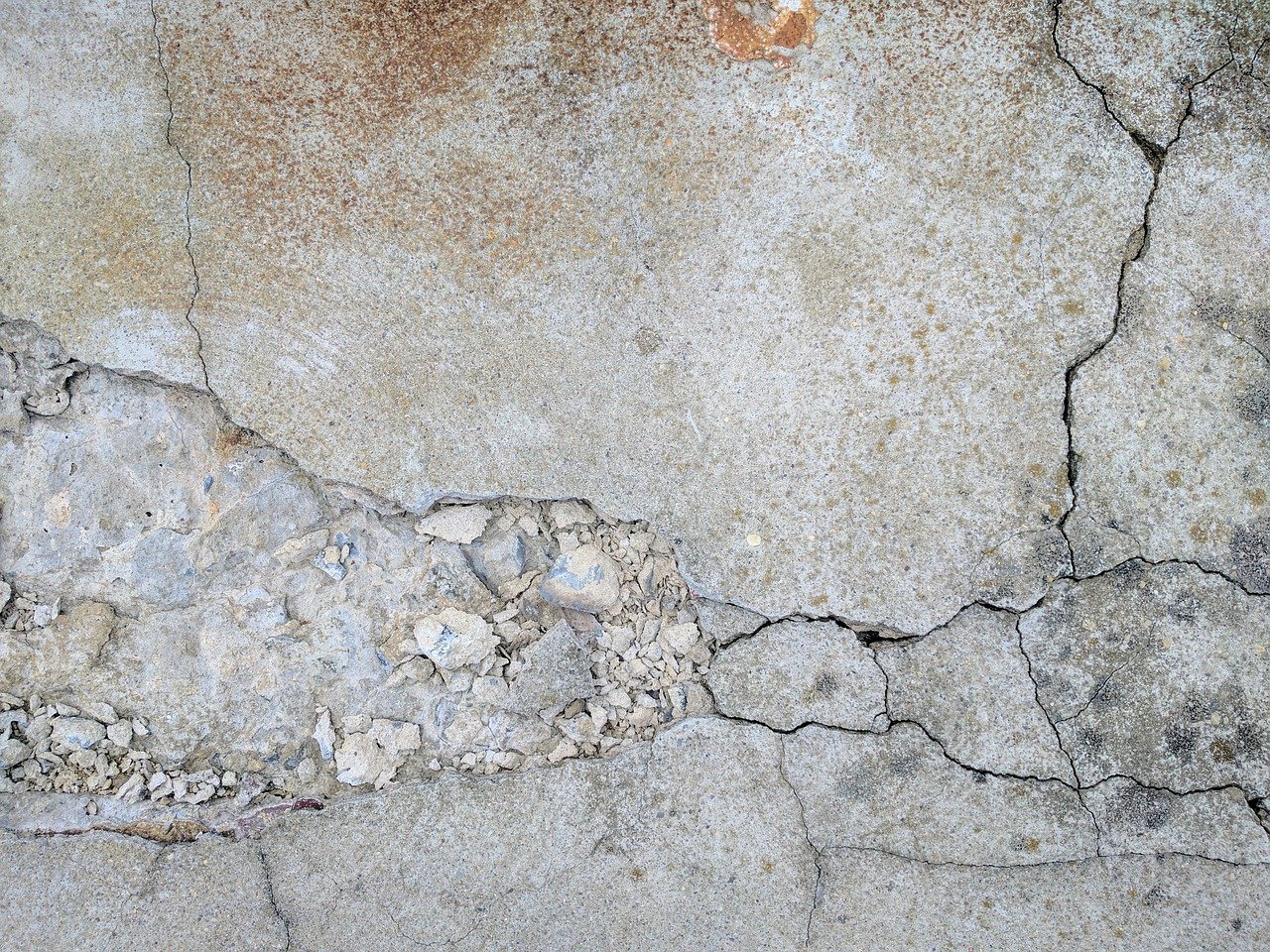Wood surfaces, whether they be decks, fences, or wooden furniture, add a touch of natural beauty to your outdoor spaces. However, to ensure these wooden surfaces maintain their charm year-round, proper maintenance is crucial. In this article, we’ll guide you through five essential steps to keep your wooden surfaces in top condition, regardless of the season.
1. Regularly Sweep and Power Wash
One of the most fundamental steps in maintaining wooden surfaces is regular cleaning. Sweeping your wood surfaces frequently helps prevent the accumulation of dirt, leaves, and debris, which can lead to unsightly stains and deterioration over time. However, sometimes dirt and stains can be stubborn. This is where a power washer comes in handy. Power washing your wooden surfaces can effectively remove deeply ingrained dirt, mold, and other contaminants, restoring their original appearance.
2. Protect from Moisture and Heat
Wood is highly susceptible to the damaging effects of moisture and extreme temperatures. To protect your wooden surfaces, ensure they remain shaded and dry throughout the year. This practice helps prevent warping, cracking, and discoloration. Consider using covers or awnings to shield your wooden decks and furniture from direct sunlight and rain. Additionally, using a high-quality sealant or wood stain can provide an extra layer of protection against moisture.
3. Use Wood-Specific Cleaning Products
When it comes to cleaning your wooden surfaces, it’s essential to choose cleaning products specifically designed for wood. Harsh chemicals can strip away the wood’s natural beauty and integrity, leaving it vulnerable to damage. Opt for wood-specific cleaners that are gentle yet effective in removing stains and grime without harming the wood. Always follow the manufacturer’s instructions for the best results.
4. Inspect and Address Damage Promptly
Regular inspections are a proactive way to maintain your wooden surfaces. Routinely check for signs of damage, such as rot, splintering, or loose boards. If you spot any issues, address them promptly. Ignoring small problems can lead to more significant and costly repairs down the road. Replace damaged boards, sand rough surfaces, and apply wood putty to fill in cracks or holes. Regular maintenance and repair can extend the life of your wooden surfaces.
5. Treat with GoNano Wood Saver
Consider using GoNano Wood Saver for comprehensive year-round protection of your wooden surfaces. This innovative product offers a range of benefits, including defense against chloride and ion penetration, stain resistance, exceptional waterproofing, protection against mold, mildew, and efflorescence, as well as superior UV protection.
Conclusion
To summarize, proper maintenance of wooden surfaces year-round is essential to ensure their longevity and beauty. By following these five essential steps and considering the use of GoNano Wood Saver, you can enjoy your wooden decks, fences, and furniture with minimal effort and maximum enjoyment. Keep your wooden surfaces in top condition and enjoy the natural beauty they bring to your outdoor spaces throughout the seasons.



